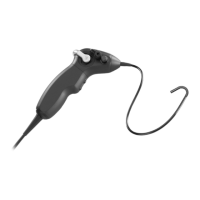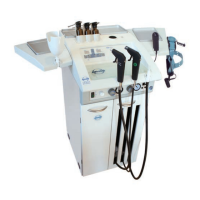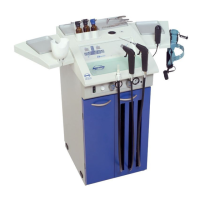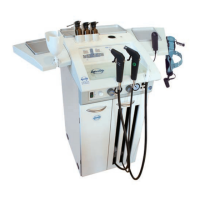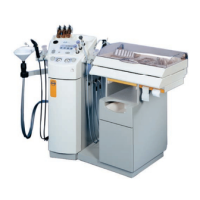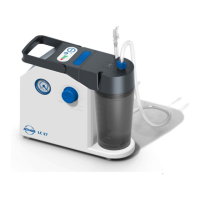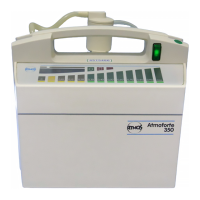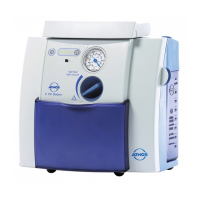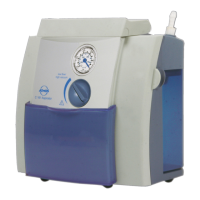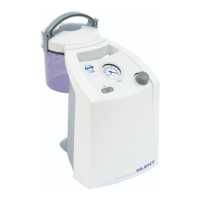What to do if the image is too dark on Atmos Medical Equipment?
- AAdrian SheltonAug 21, 2025
If the image appears too dark, it could be due to several reasons. First, ensure that the glass surfaces are clean, removing any residues. If the issue persists, try cleaning again, rubbing thoroughly if necessary, to address stubborn residue. Also, check if the brightness is set correctly in the software settings. If none of these steps work, the LED may be defective, requiring the ATMOS Scope to be sent in for repair.
